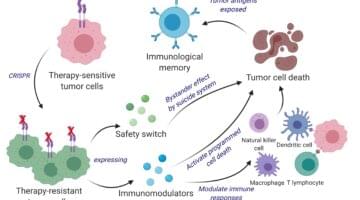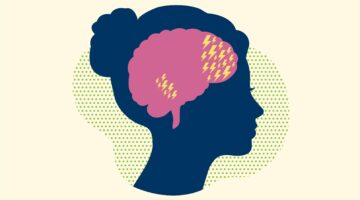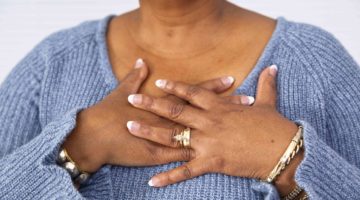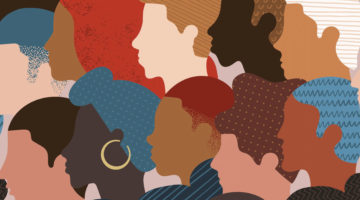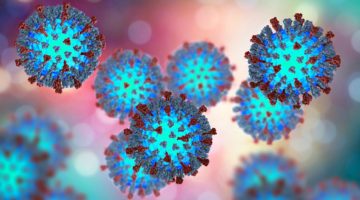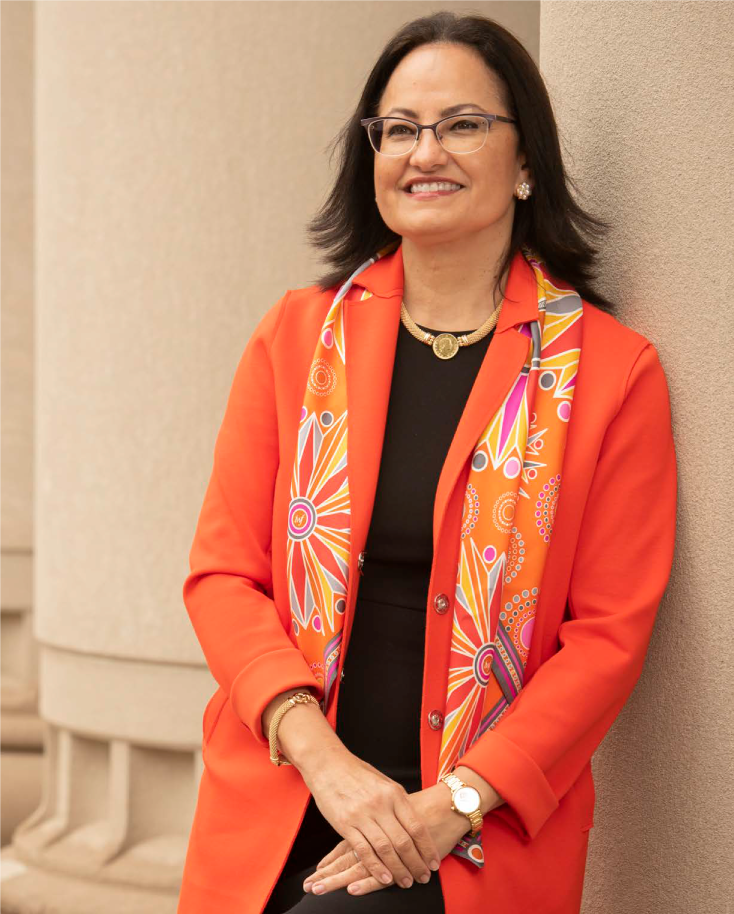
What prompted you to go into medicine?
I’ve been passionate about remedying gender and racial inequities since I was 12 when I read the book “The Hidden Face of Eve” by Nawal el Saadawi, where she described her own mutilation in excruciating detail. And I decided the best way to make the world a better place while improving women’s health was to become a doctor.
Tell us about your path to becoming the first Black department chair at the Brigham.
I think of my life as like journeying down the Nile River. It has two sources: the White Nile begins in Lake Victoria in Uganda, and the Blue Nile is from Lake Tana in Ethiopia, and they meet in Khartoum and flow into the delta in Cairo. I feel a kinship with the Nile because I was born in Khartoum and lived in Cairo. Sometimes the river flows gently and smoothly. Sometimes there are rapids and waterfalls. Sometimes it meanders. At other times, there are dams, where the water gets held back. In times of drought, it dries up. When the rains come, it starts moving rapidly again. This is much like my own journey from childhood to here.
What are your hopes for bringing your passions for racial equity and women’s health to your work as chair of the Department of Obstetrics and Gynecology?
These passions are the crux of my leadership. We must begin to combat structural and systemic barriers by identifying and addressing implicit biases in healthcare. These disparities are devastating for families and communities, as well as our institution. We must continue the work of dismantling barriers of implicit bias, which would vastly improve health outcomes and patient-provider interactions. As chair of this department, I want to lead us to become a more diverse department that keeps innovating, staying at the cutting edge of research, and stimulating the younger generation to surpass us.
What is a common misunderstanding or knowledge gap about your work?
My life’s work has been to bring awareness to the often unknown racial disparities in women’s maternal health. Studies show that Black, American Indian, and Alaskan Native women are two to three times more likely to die from pregnancy-related causes than White women, regardless of insurance or socioeconomic status. Part of my work is dissecting how we address these issues and making sure people understand the nuances of the increased risk for women of color, specifically Black mothers. Maternal mortality is a heartbreaking tragedy that impacts women worldwide, which is why health equity is a focus of my work.
What would you tell your adolescent self from where you are now?
We live in a world where we’re told to work hard, be driven, and move fast, but this isn’t always productive or healthy. So, slow down, be kind to yourself, and take time to cherish the spaces between the special moments. Also, remember that times of uncertainty can be deeply creative. To sit in uncertainty is actually a privilege. When you’re uncertain, when you don’t know what your next step is, relish it. Because when you do make that next step, hopefully, it is the right next step for you.
What keeps you up at night?
Wondering how to stop female genital mutilation/cutting (FGM/C). Little girls suffer so much when they’re cut, and then they continue to suffer into adulthood. I would love to help eradicate FGM/C in my lifetime. I will sleep a lot better when we put an end to this harmful practice worldwide.
Who is one of your heroes?
Nelson Mandela is always my hero. He went through many decades in prison, yet he came out so positive, motivated, and inspirational. You can’t get better than that.


